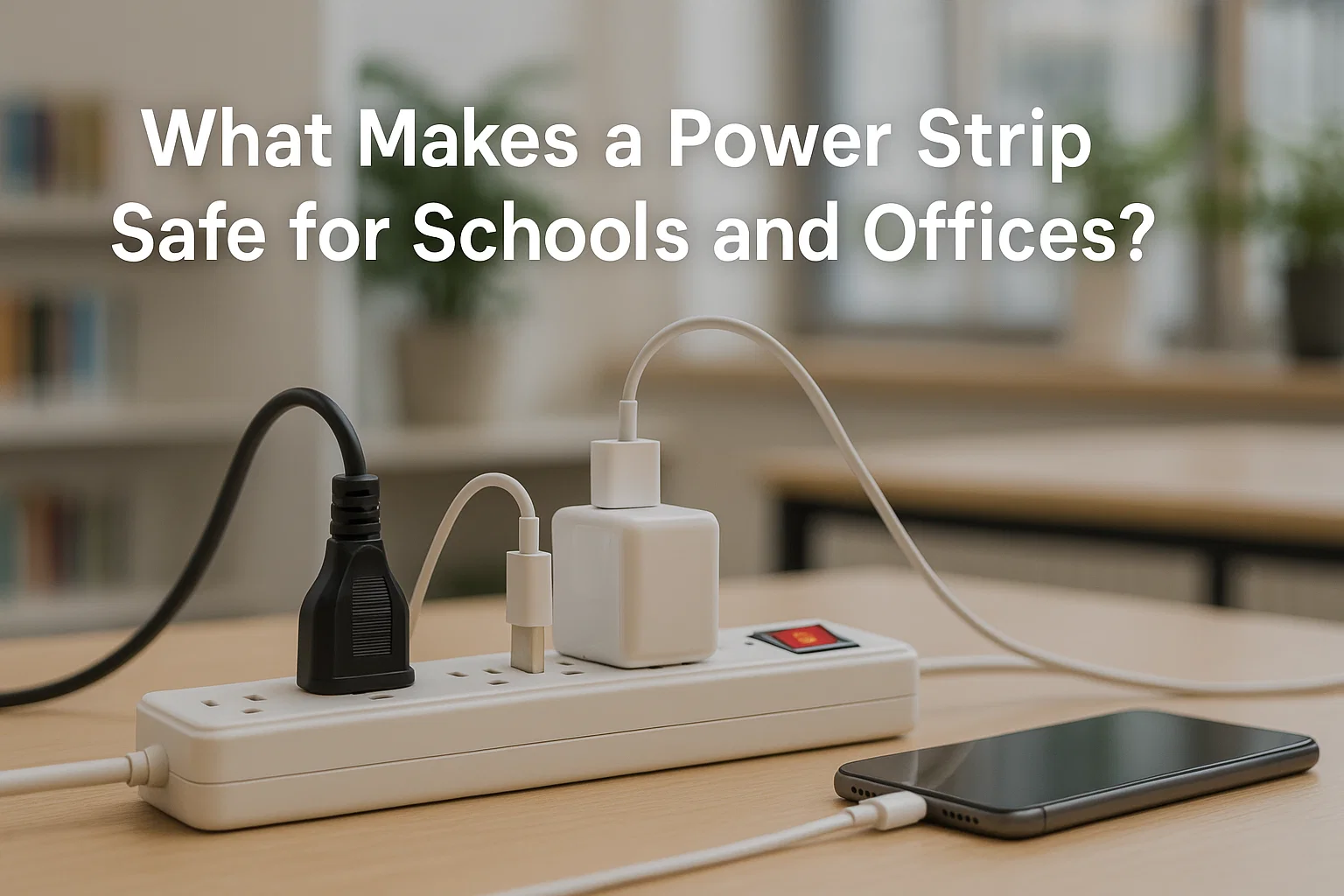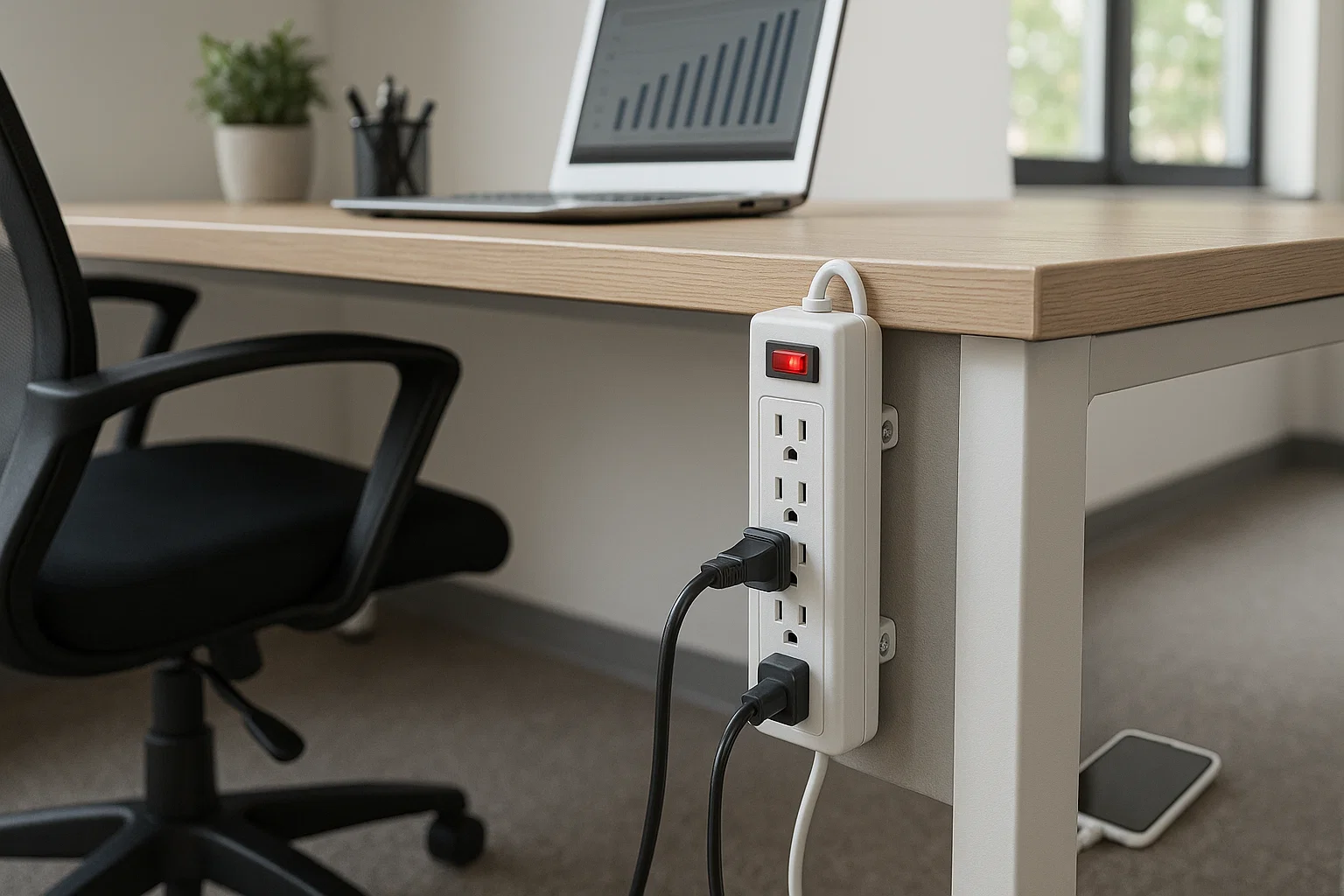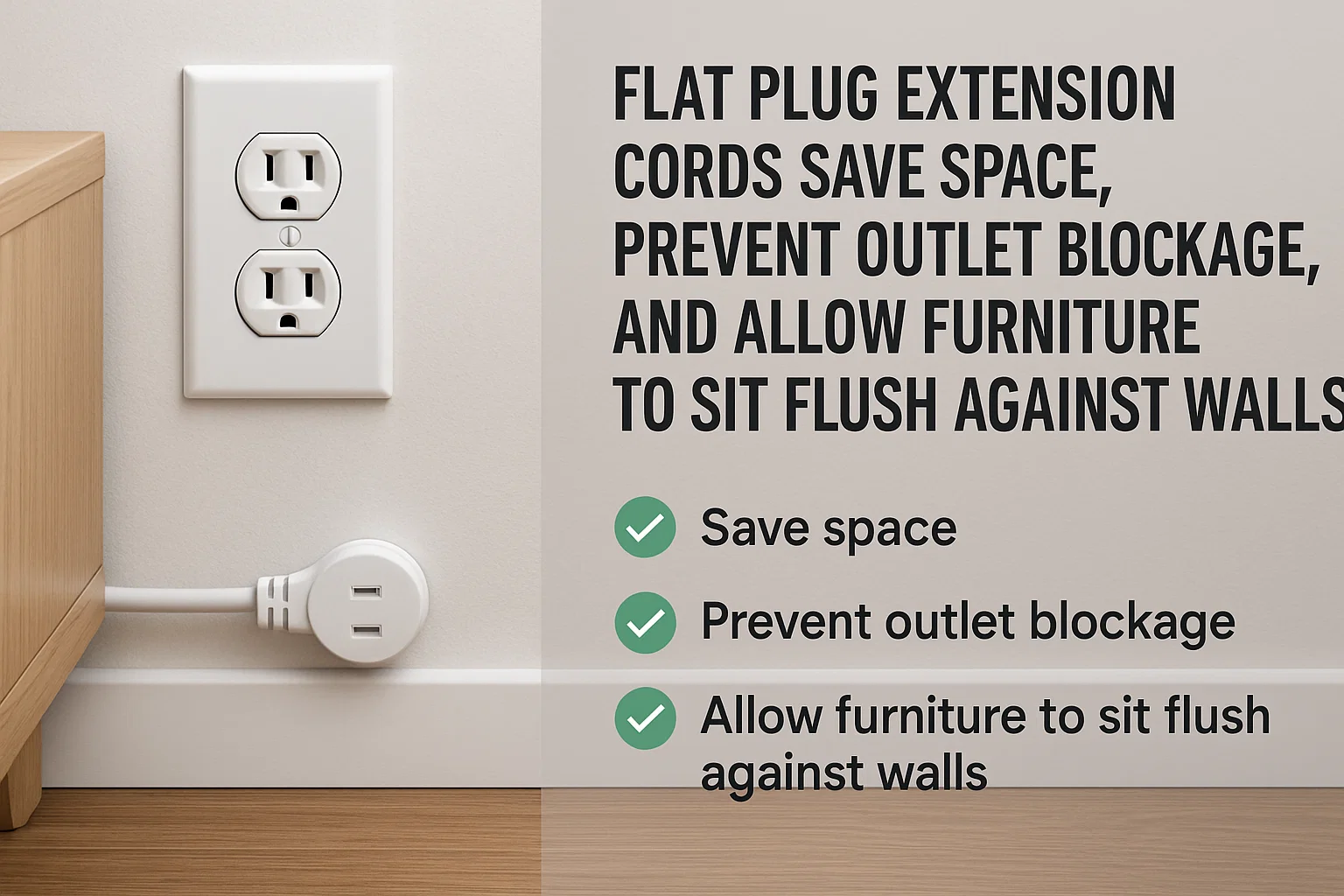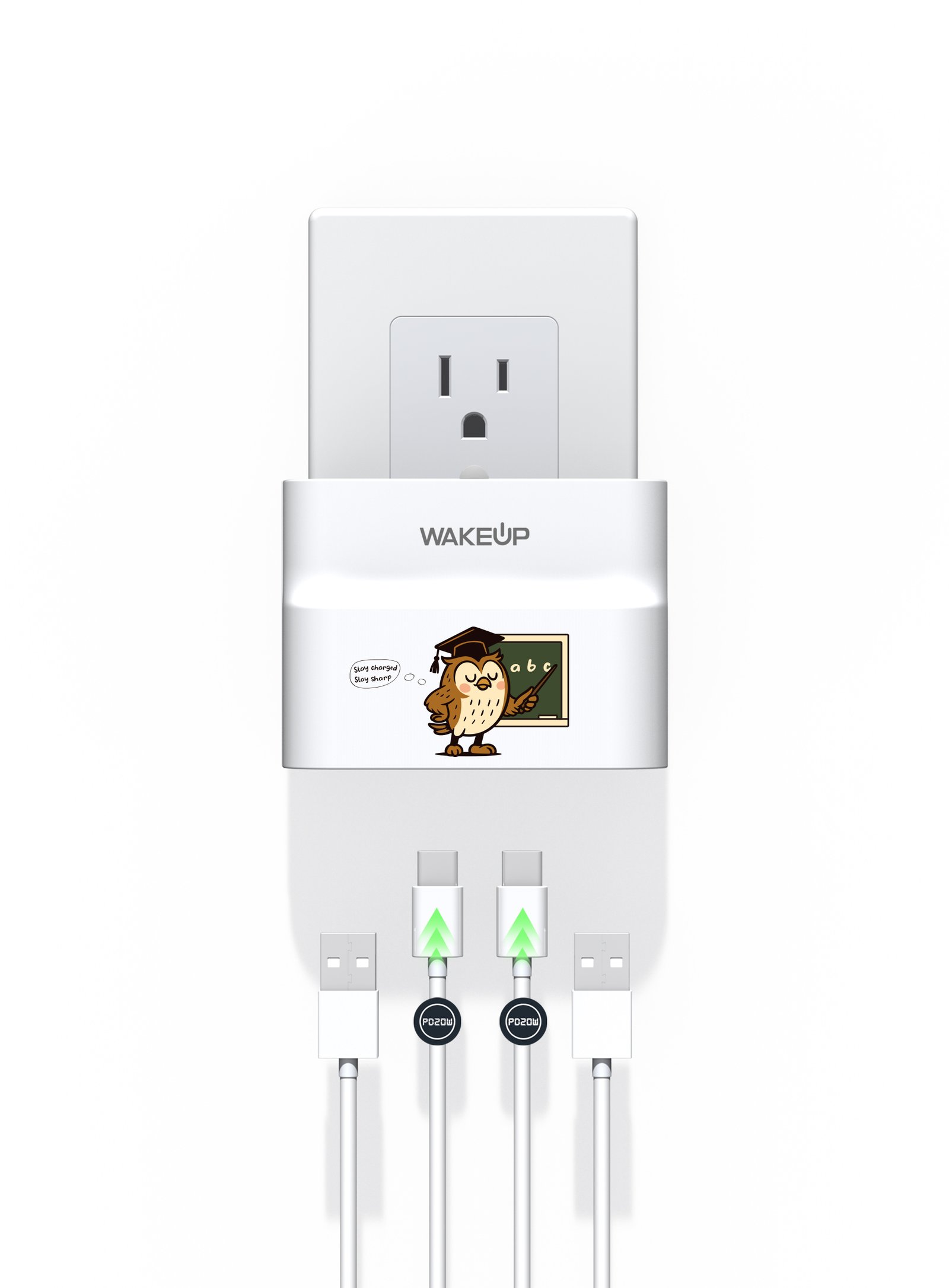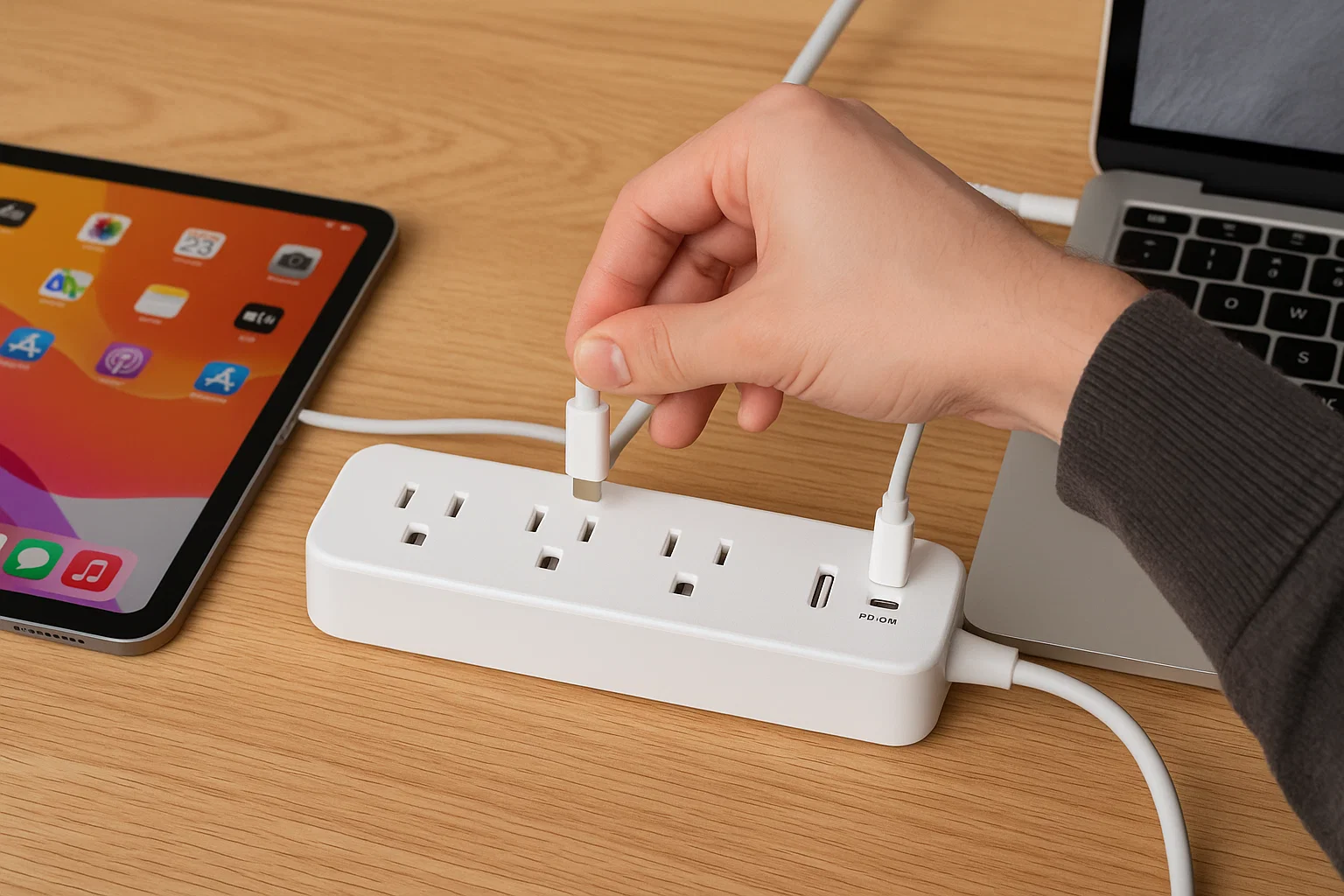
Students risk device overload without the right power strip. Unsafe models can cause fires or failed charging.
Dorm power strips should include surge protection, USB ports, and safety certifications to meet student needs.
I will show practical tips to help students and housing managers buy smarter.
Why do dormitories need special power strips?
Dorm rooms are small, but students use many devices. Without safe power strips, the risk of accidents grows.
Dorm power strips must handle laptops, phones, and appliances safely in tight shared spaces.
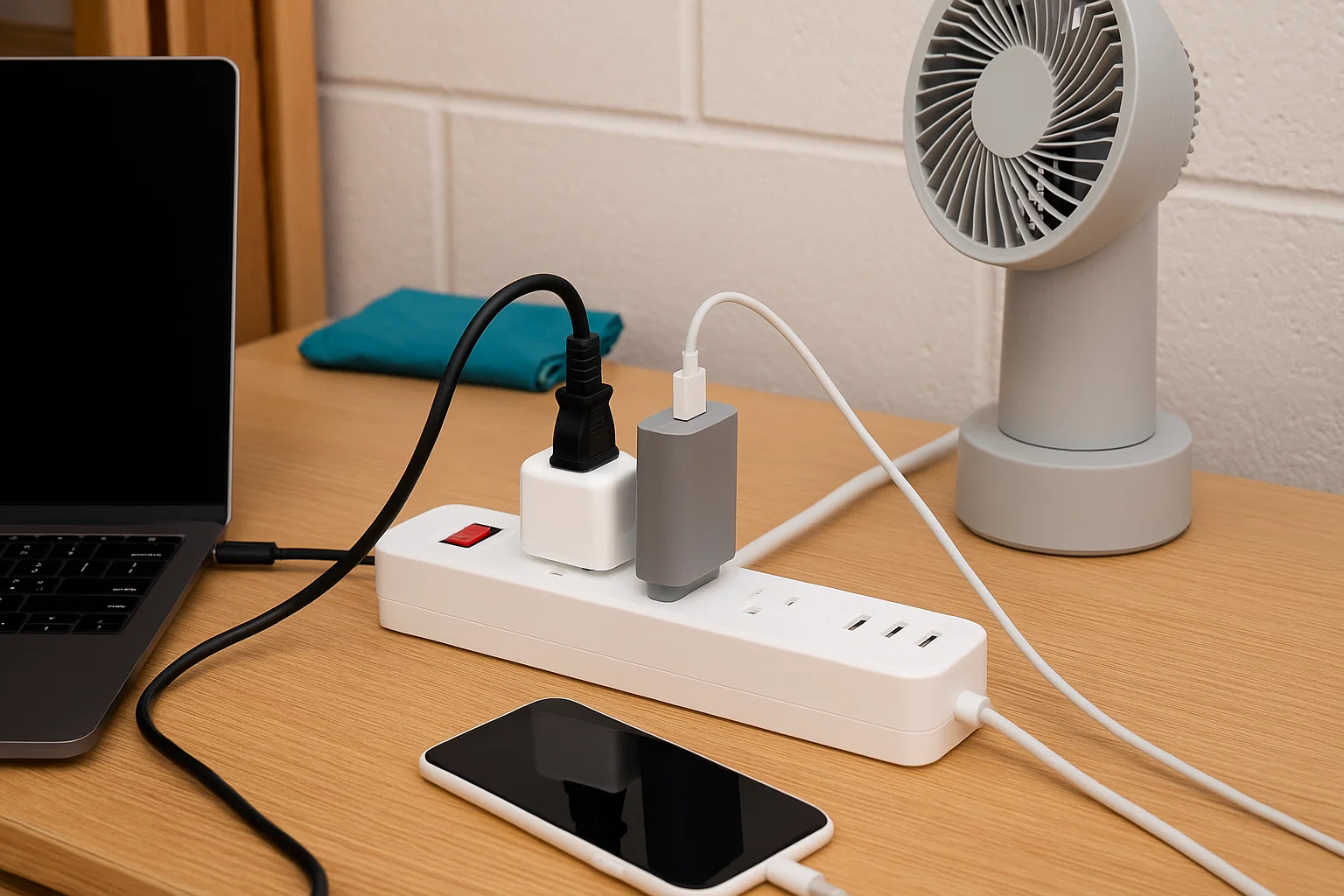
Why safety is the first priority
Many dorms ban cheap, uncertified models. I have seen students lose deposits because inspectors removed unsafe devices. ETL and cETL certified strips protect against overload. A proper circuit breaker also reduces fire risk.
Key dormitory safety considerations
| Safety Feature | Why it matters |
|---|---|
| Surge protection | Protects laptops and phones from voltage spikes |
| Overload switch | Cuts power when load exceeds limit |
| Flame-retardant housing | Prevents fire spread |
| Certification labels | Required for school approval |
Safety is not a marketing detail. It is mandatory in housing regulations. Many U.S. universities list approved models in their guidelines. Students and managers should always confirm certifications before purchase.
What features make a power strip student-friendly?
Students need more than basic outlets. Modern study life demands charging options and flexible design.
Student-friendly strips include USB ports, wide outlets, and compact size for shared spaces.
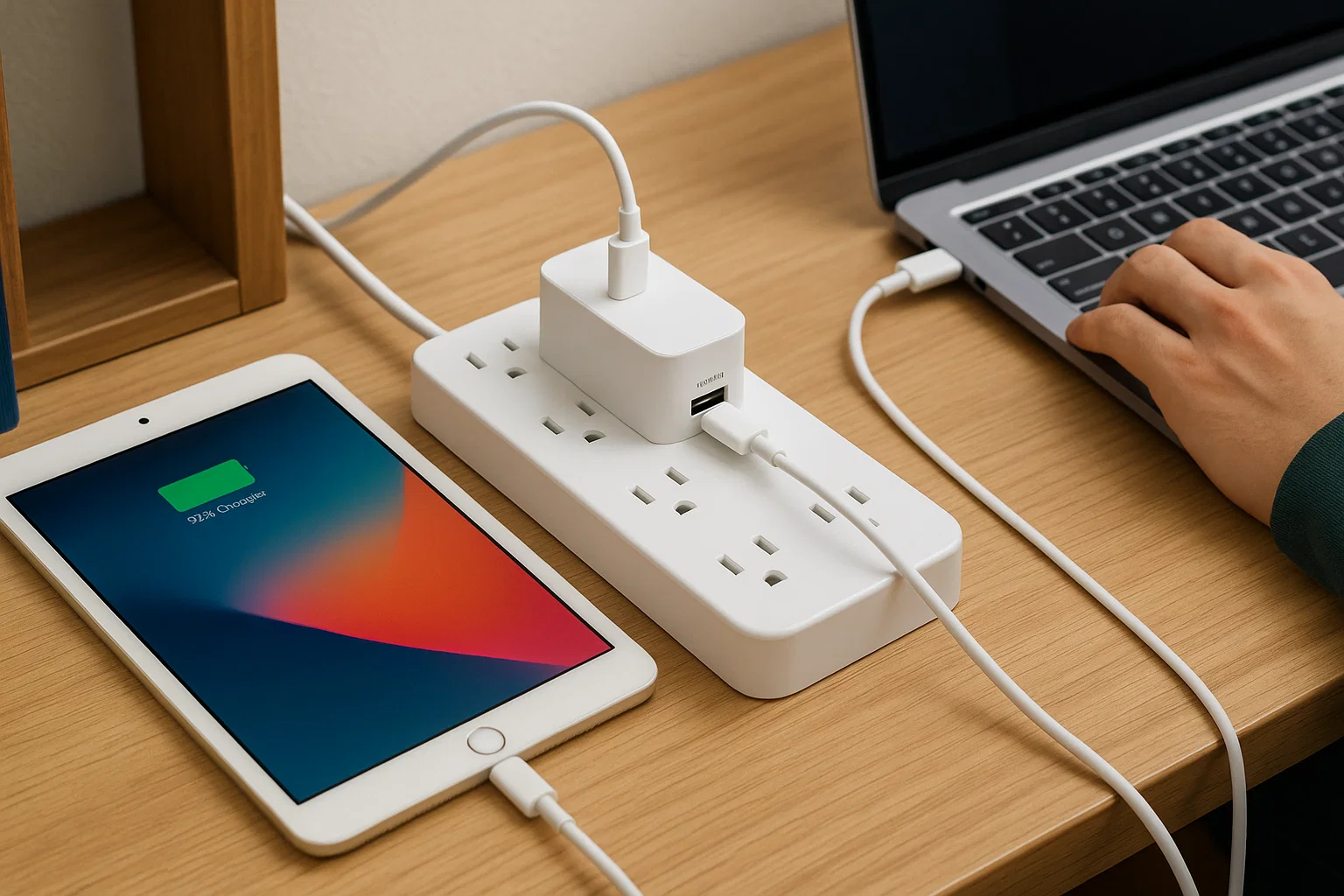
Features students value most
| Feature | Why students prefer it |
|---|---|
| USB ports (A+C) | No need for separate chargers |
| Wide outlet spacing | Fits chargers and adapters |
| Compact design | Fits small desks |
| Mounting holes | Easy wall or desk installation |
When I visited a student housing project in Canada, the manager explained that most complaints came from lack of USB charging. Once they switched to strips with PD 20W USB-C, calls dropped. Students appreciated faster charging for tablets and laptops.
Balancing design and practicality
Plastic models are affordable and lightweight. Metal housing feels premium but heavier. For dorms, compact ABS strips with heavy-duty cables often work best. Students want portable, durable, and safe designs that blend with furniture.
How to balance cost and quality for student housing?
Student housing often works with tight budgets. But poor-quality strips increase replacement costs.
The best choice balances affordability with durability, reducing long-term expenses.
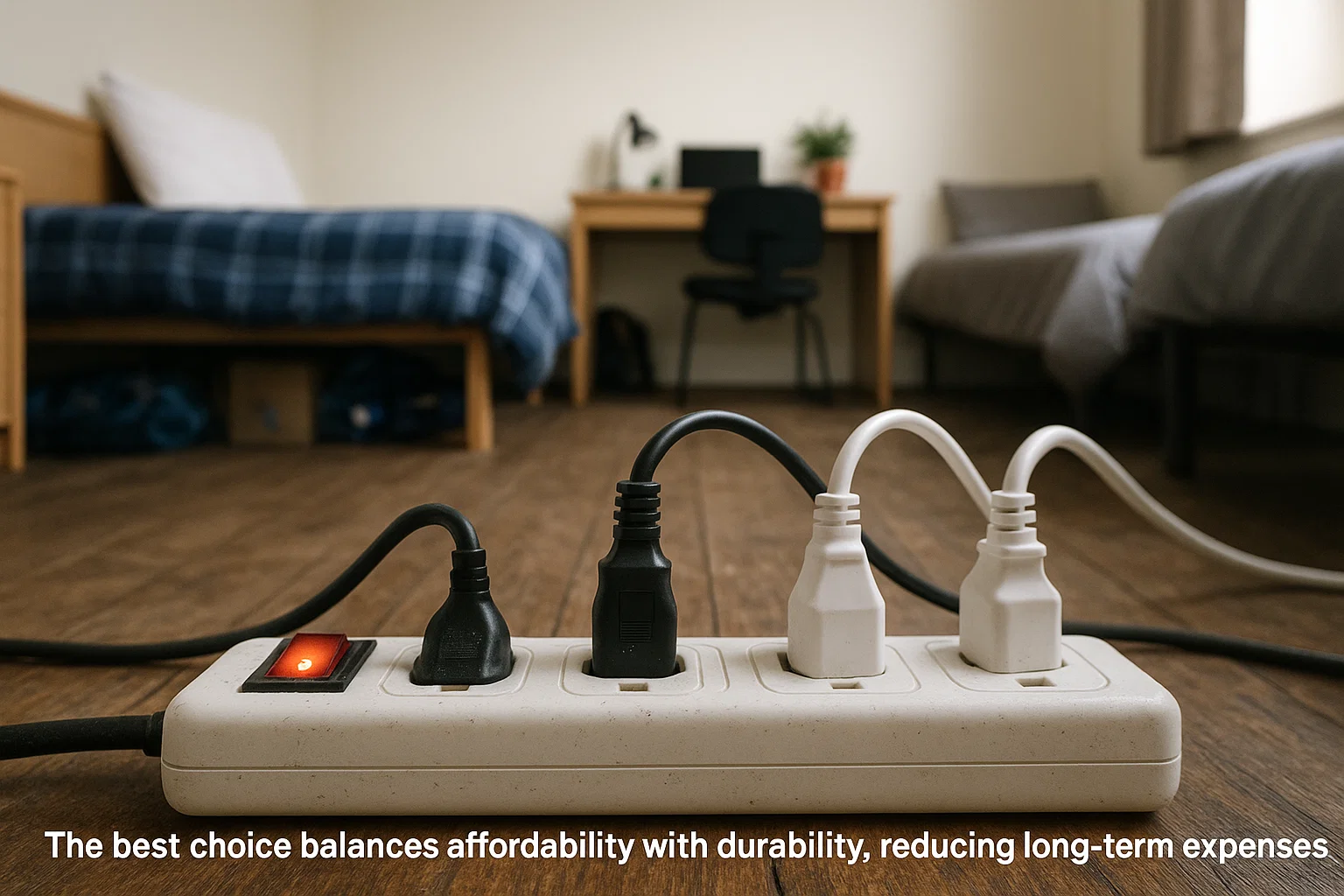
Cost-quality decision factors
| Factor | Low-cost option | Balanced option |
|---|---|---|
| Cable | Thin, short | SJT heavy-duty, longer length |
| USB | Slow charge | Fast PD/QuickCharge |
| Housing | Basic ABS | Flame-retardant ABS |
| Surge protection | None | 1200J minimum |
I once worked with a U.S. distributor who supplied student dorms. They first ordered low-cost strips. Within a year, many failed. They paid more for replacements and lost trust from housing managers. When they shifted to balanced models with proper protection, satisfaction increased, and complaints almost stopped.
Why long-term value matters
Housing providers save money by avoiding frequent replacements. Students also feel safer and more satisfied. This leads to positive reviews for the housing facilities, which attracts more students.
How can housing managers choose the right supplier?
Suppliers must meet strict school safety standards and deliver on time before move-in seasons.
The right supplier provides certifications, quality checks, and reliable delivery schedules.

Supplier evaluation checklist
| Factor | Why it is important |
|---|---|
| Certifications | Meet dorm safety rules |
| Lead time | Match semester schedules |
| MOQ flexibility | Fit housing order sizes |
| Audit reports | Prove factory reliability |
I have supported clients who supplied dormitories in North America. Their main concern was receiving products before the school semester started. With a 45–50 day lead time, planning was key. Clear communication also helped avoid misunderstandings that could delay shipments.
Why supplier partnership matters
Student housing projects run every year. A long-term supplier relationship ensures stable quality and better pricing. Managers do not need to switch suppliers often, which saves time and effort.
Conclusion
Dormitory power strips must be safe, compact, affordable, and certified to protect students and meet housing needs.


